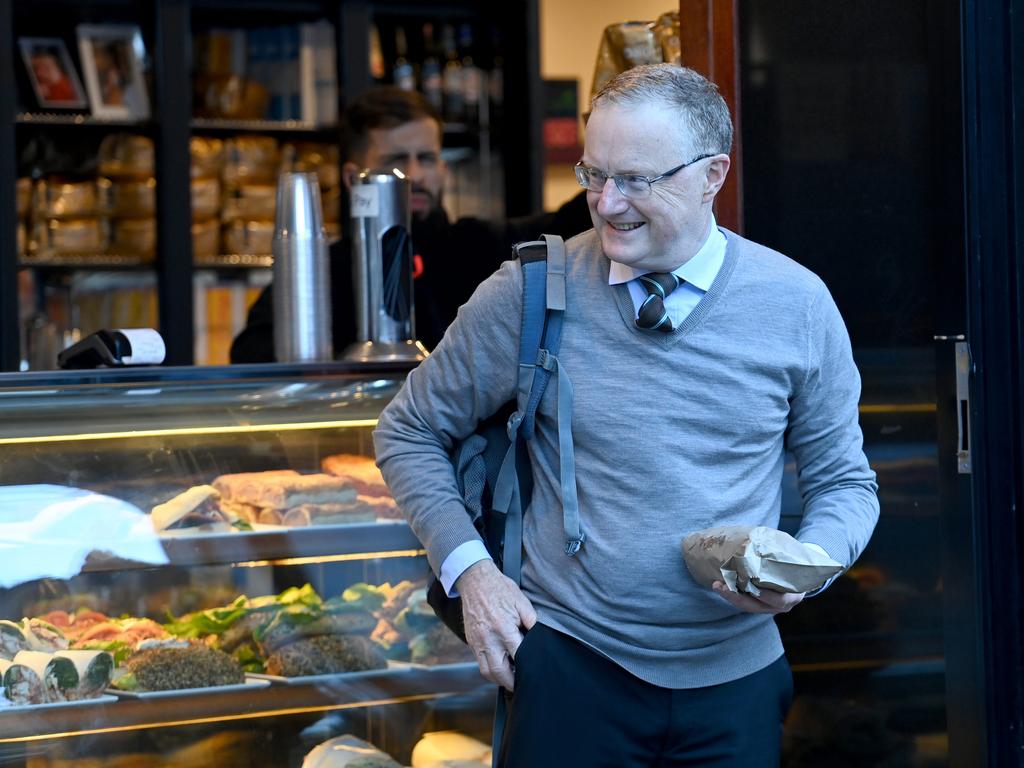More than 30 per cent of Australia’s housing mortgages (excluding refinancing) were issued during the last two years and most of those borrowers now face extreme pain.
The big questions is whether than pain will force wage rises.
In the US there has already been a 6 per cent wage explosion but so far Australia has shown restraint. But major segments of the population are suffering a cost of living squeeze. And large numbers of Australians are riding through the interest rate hikes to date without a struggle. That community gap is probably not sustainable in the modern environment.
Outside the public service and those major enterprises that still have old-fashioned enterprise agreements that delegate management functions to the unions, employment in Australia is very different to 20 years ago.
Almost all medium-sized enterprises and many large companies have a much closer understanding of the overall personal financial position of the bulk of their employees.
The good employers know that currently their employees are suffering and enterprises marketing to the affluent group of consumers have been performing well. Wage rises must follow.
And the same time the Reserve Bank’s interest rate rises have not yet converted the shortages of labour to a surplus of workers and higher unemployment.
The combination of these two events is putting incredible pressure on many employers to be more generous in their payments to employees.
This week I ran across two situations that are being duplicated in many areas of the nation. A small manufacturing business lost a young talent who shifted to a small coffee shop/bakery to gain increase of about 33 per cent in hourly wage payments. The current apprenticeship system can’t work properly in this environment.
An employee in another operation went to a large supermarket for a similar rise in salary.
Both hiring businesses are doing well and the manufacturers fear that unless they match the wage payments of the prosperous businesses their operations will be permanently damaged. They will simply have to increase their prices or find a way to organise their business more efficiently.
Accordingly, the wages dam wall is very close to breaking, especially as building unions on large construction sites will demand their already highly paid workers receive cost-of-living increases, and transport workers will not be far behind. Those working for struggling building operations are not receiving COL increases – again not sustainable.
If state governments succumb to union pressure, as has taken place in Queensland with the teaching profession, then the floodgates will open and there is no way inflation will be restored to the 2-3 per cent target for many years.
What makes the Australian situation so dangerous is that the current inflation rate is being artificially reduced by the Commonwealth fuel excise reduction.
If the excise is restored it will negate the recent fall in oil prices. There’s great pressure on the Treasurer to relent and not restore the excise.
In the electricity/gas markets there is a chaotic situation created by heavy state government investment in renewable electricity generation without a co-ordinated plan.
And in the gas market, prices are boosted by Victoria’s refusal to develop its non-fracked low-cost onshore gas and the exports by Queensland.
On the other hand, both the US and Australia have been encouraged by the latest fall in the oil price in the wake of the slowdown in China. And in the US the bond market is further encouraged by a sharp fall in the purchases of non-discretionary items such as small appliances.
US retailers like Walmart and Target are dumping stocks of these items. That means the combination of past interest rate increases and the withdrawal of money from the US community is having a major impact.
But the biggest question facing both nations is what will happen to wages and salaries.
If the Australian wages dyke starts to breach then the Reserve Bank will have no choice but to embark on a sustained higher interest rate program. But it’s not easy because the lending spree by the banks over past two years means that the impact on those who borrowed heavily during that period will be very severe.
Former Reserve Bank governor Ian Macfarlane – who reigned from 1996 to 2006 – has been silent in recent times but earlier warned the nation that it might be very difficult to reduce inflation to the Reserve Bank target of 2-3 per cent and that a 4 per cent inflation target was more realistic.
It will be very important for the Reserve Bank to realise that it’s statistics are out of date.
It needs to be much more active in the community and discover what is really happening in advance of the statistics.








The Reserve Bank’s decision to raise the official rate to 1.85 per cent rings a danger bell for the nation. Just three months ago Australia’s largest home mortgage lender, the Commonwealth Bank, warned that if the central bank lifted its official rate above a 1.25 to 1.5 per cent band then highly borrowed consumers would be forced to slash their expenditures not only on discretionary items but also food.